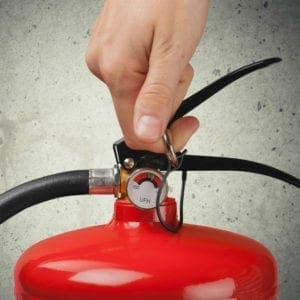 With popular culture focusing more and more on preventive health and fitness lifestyles, there is increasing demand for hotels that place importance on wellness (far beyond pampering). Buzzwords such as eco-luxury, gluten-free, cleansing, detoxification, vitality and mindfulness are all part of the wellness dictionary becoming commonplace in the hospitality industry. More than ever, travelers want to reside in a property that not only leaves them rested, but restored and reinvigorated. Given the new always-on work mode, more people aren’t just stressed out, they’re burned out. On those precious days off, rejuvenation matters.
With popular culture focusing more and more on preventive health and fitness lifestyles, there is increasing demand for hotels that place importance on wellness (far beyond pampering). Buzzwords such as eco-luxury, gluten-free, cleansing, detoxification, vitality and mindfulness are all part of the wellness dictionary becoming commonplace in the hospitality industry. More than ever, travelers want to reside in a property that not only leaves them rested, but restored and reinvigorated. Given the new always-on work mode, more people aren’t just stressed out, they’re burned out. On those precious days off, rejuvenation matters.
The wellness payoff
Hotels are rolling out healthy programmes because they’re taking note of these facts. More noteworthy however, is the fact that wellness tourists, on average, spend 130 percent more than regular tourists. So, the trend is good for guests and good for business. These moves towards healthier food and sleep, more engaging and deeper fitness practices, and overall care for a guest’s health are news for the hospitality industry. We must realize that consumers are more health conscious than ever before, and the hospitality offering needs to reflect this.
If trends are to continue, I suspect that an increasing number of hotels will undergo a wellness rebrand. This will involve reconsidering room design and cementing in wellness features like air and water purification, hypoallergenic environments, cutting edge sleep and productivity enhancing lighting and customised juice bars.
The way forward
Changes such as these are radical and many, if not most, will not have the space nor the budget. Nevertheless, there are ways and means around this. More and more emphasis can be placed on the execution of standards and a better and more consistent delivery of the spa experience. Time and attention should be devoted to ensuring that the spa personnel and menu delivers on what the consumer seeks, particularly crucial in a world with so many alternatives. If consumers require escapism, peace and solitude, then design and service features should take this into account with quiet, longer treatments such as yoga, tai chi and relaxation massages. Some spas may even provide self-discovery activities to help guests recharge both spirit and mind. These include alternative therapies, art and painting, healthy cooking or practicing mindfulness and meditation.
A spa experience is enjoyed regularly in groups and helps drive accommodation occupancy, but no longer should this sector be solely targeted at women. Men continue to grow as a segment of spa consumers and they are indulging themselves more than ever.
Consumers are also seeking out value-added deals as well as results, which may include discounts on services. For this reason, we need to develop creative ways to magnetize consumers to try the spa, and then choose to return.
With the current wellness craze turning into what is looking like a permanent lifestyle priority, spas have become an essential component of the high-end hotel resort experience. Wellness is a growing market – it is no longer just about a spa experience. I am currently working on a wellness project in Dubai and finding the whole new level of a spa experience energising and very different to 10 years ago when I was CEO of The Serenity Spa brand.
About the author
 Debrah Dhugga is the Managing Director of the Dukes Collection of boutique hotel which includes the Dukes London and Dukes Dubai. With a wealth of experience in both beauty brands and the hospitality industry, she has been offering expert advice on the growing wellness industry and its relationship with tourism and hotels.
Debrah Dhugga is the Managing Director of the Dukes Collection of boutique hotel which includes the Dukes London and Dukes Dubai. With a wealth of experience in both beauty brands and the hospitality industry, she has been offering expert advice on the growing wellness industry and its relationship with tourism and hotels.















